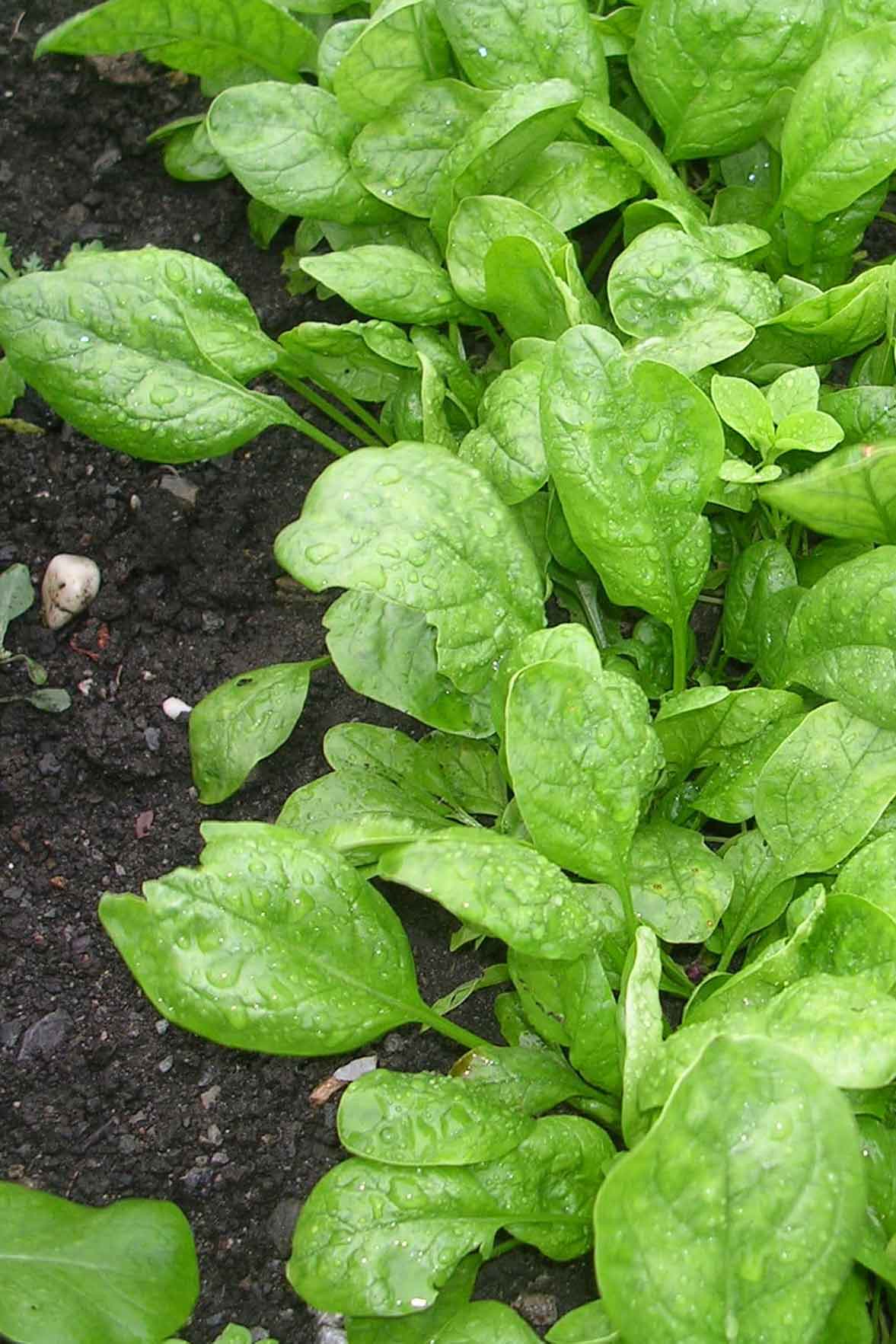
Savoy (or semi-savoy, as many current lightly wrinkled varieties are classified) has more texture, and when used in salads, more hiding places to hold dressing if that’s your mouth’s desire. So are the more upright-growing types, though, whether flat leaf or not ones whose leaves are held well above the soil line-even semi-savoys like ‘Tyee.’ But what are the pros and cons of savoy (crinkled-leaf) spinach versus smooth? The obvious one: SPINACH VARIES IN LEAF SHAPE AND TEXTURE, variety to variety. Now all that’s left is the decision on which spinach to grow-order several for their particular seasonal adaptability, and then there is the matter of texture… savoy or smooth? If it’s the cold you’re trying to beat, perhaps the ultimate protection (short of spending $1,500 on a hoophouse) is this cheap and productive double-thick row cover from the amazing Eliot Coleman.
SPINACH SEEDLINGS PLUS
By choosing the most bolt-resistant kinds and doing this extra prep plus the shading, you can turn spinach into a season-long affair. I keep some support hoops, clothespins and a length of agricultural fabric at the ready, next to one raised bed, for when too much heat-or too little-is troubling some crop or another. One long-ago gardening friend used to keep boards left over from some home project on hand to cover and cool the rows before sowing and until germination. If the soil is over 85 degrees F, forget germination, unless you try this: prepare and thoroughly water the area to be planted, then cover it with shade cloth for at least a few days, or better yet a week. Rows of single seeds are also fine whichever tactic, space your rows or bands a foot apart.īaby leaves for salad can be clipped with scissors (after three weeks to a month from a spring sowing) or harvest the whole plant, roots and all, once the plants mature (in just under five weeks for some varieties, to about six for others).įARTHER NORTH OF ME, THE MAINE ORGANIC Farmers and Gardeners Association recommends spinach sowings every two weeks from mid-April through September 1-a much more defiant approach in those hottest months that requires careful selection of seed variety and also that you provide shade to buffer the summer’s hottest days. I either broadcast seeds in blocks or sow in 4-inch-wide bands about 1 inch apart (not less) within the bands, repeating with another band every two weeks from late March through the end of April or so, and again in late July and August. Hence its reputation as a spring or fall crop.

The thing with spinach, whenever you grow it, is that it likes cooler weather-no warmer than, say, the mid-70s-and specifically requires cooler soil for good germination of the seeds. ‘Tyee’ is a particularly good variety for fall use because it overwinters well (particular if placed under a cover or coldframe). Seeds sown from September until the ground freezes up, then topped with a floating row cover, will offer a real headstart of a harvest in the North in April, when much of the garden is barely ready for the first springtime seed. I have been known to plant spinach in my mittens, actually, as late as Thanksgiving, and again as early as March if the raised beds have drained out and the soil is workable.
SPINACH SEEDLINGS HOW TO
To celebrate the approach of fall, a reminder on how to grow it.

OTHER THAN GARLIC, SPINACH IS THE LATEST food crop I sow here-and my earliest harvest reaped each spring.


 0 kommentar(er)
0 kommentar(er)
